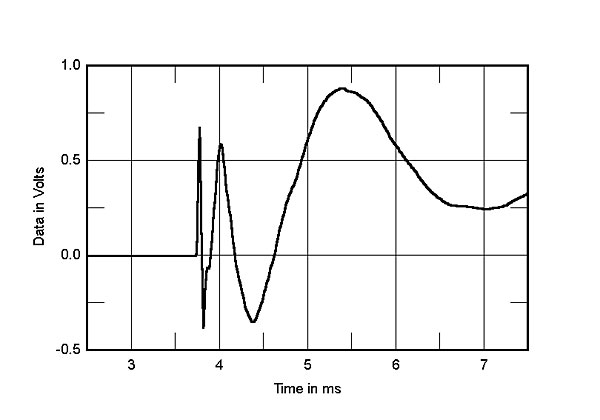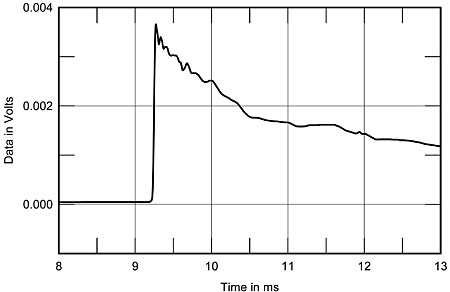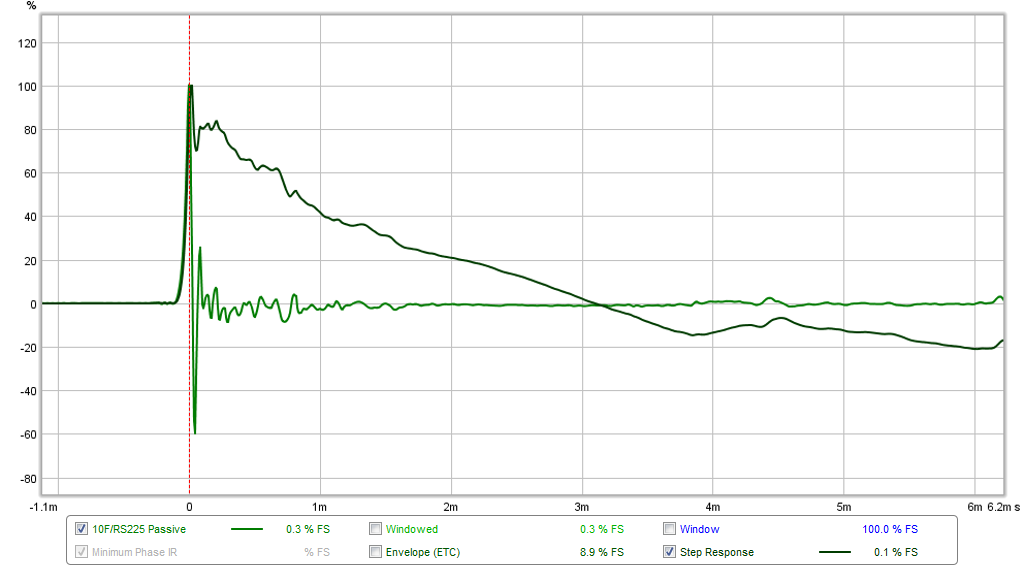I've never been able to hear much difference between any sort of capacitor. Measureably, air-cored inductor coils are better than ferrites on distortion.
IMO, what Woodytor might think about is a notch around 5kHz. This equates to an LCR around 4.7uF/ 0.2mH/ 3.3R. What that mostly does is align phase, whilst reducing Kevlar breakup:
B&W Bowers Wilkins DM 601-S3 Crossover Upgrade for Better Midrange Perfoprmance
IMO, what Woodytor might think about is a notch around 5kHz. This equates to an LCR around 4.7uF/ 0.2mH/ 3.3R. What that mostly does is align phase, whilst reducing Kevlar breakup:
B&W Bowers Wilkins DM 601-S3 Crossover Upgrade for Better Midrange Perfoprmance
I'm not sure I'd equate the two here. Unless you have experienced a secondary level issue with practical implementations of some amps? I'll cite the current source amp as an example.. No damping whatsoever and yet there is a following.with most wimpy, low damping factor amps.
Ferro fluid on B&W 803 tweeter
I had Some time last weekend to werk on my speakers.
I remplaceer the ferro fluid on both tweeters, charges the original tweeter connector to A XP60 connector ( love these for audio ) solderend all connectors instead of the faston connectors on all drivers.
What I noticed, the tweeter had TNO wires comming out of the tweeter body, blue and red wire, I cut of the original connector and dismantel the wire to solder them to the XP60 connector, the wire looks like God quality wire, copper silver or tin with teflon isolation, the blue wire was fine, the red wire on both drivers where dark in color, I could not solder on to it, cut of A bit more apllied Some flux, still nothing, I had to scrape of every single litze untill I heb bare copper to solder it. Strange ? The blue wire that looks the same there was no issue, only on both tweeters the red wire.
In any case the difference is massive, more of everything. Clear high and open soundstage.
Still is A speaker for Classic music and jazz ensemble, not the greatest for pop and rock but that,s ok for me.
In any case of you have A older B&W matrix I recommend checking the wiring, solder them to the drivers and of you can charge the ferro fluid.
I don’t know what Made the biggest difference because I did everything in onze time but the difference is dramatic.
I have some pictures while I worked on it, can I just add them with the file attachment?
I had Some time last weekend to werk on my speakers.
I remplaceer the ferro fluid on both tweeters, charges the original tweeter connector to A XP60 connector ( love these for audio ) solderend all connectors instead of the faston connectors on all drivers.
What I noticed, the tweeter had TNO wires comming out of the tweeter body, blue and red wire, I cut of the original connector and dismantel the wire to solder them to the XP60 connector, the wire looks like God quality wire, copper silver or tin with teflon isolation, the blue wire was fine, the red wire on both drivers where dark in color, I could not solder on to it, cut of A bit more apllied Some flux, still nothing, I had to scrape of every single litze untill I heb bare copper to solder it. Strange ? The blue wire that looks the same there was no issue, only on both tweeters the red wire.
In any case the difference is massive, more of everything. Clear high and open soundstage.
Still is A speaker for Classic music and jazz ensemble, not the greatest for pop and rock but that,s ok for me.
In any case of you have A older B&W matrix I recommend checking the wiring, solder them to the drivers and of you can charge the ferro fluid.
I don’t know what Made the biggest difference because I did everything in onze time but the difference is dramatic.
I have some pictures while I worked on it, can I just add them with the file attachment?
Jazz and especially live jazz calls for speakers with good time alignment - can be evidenced by good step response such that all drivers have same sharp leading edge on step response. Look at the measured step response from stereophile review. Compare a good full range driver or a time aligned 2 way speaker. Better yet, try a transient perfect speaker with flat phase. You will feel the live ambiance and good timing and dynamics again.
Here is step from 802 (similar to 803 I think) as measured by stereophile:

It’s not pretty.
What you want is a speaker where the leading edges all align at the same point. Otherwise the music will sound diffuse in time.
Now compare to a time aligned - transient perfect speaker like Dunlavey SC IV:

Which speaker do you think will sound closer the the live music?
Unfortunately, I fear no amount of changing caps, solder joints, binding posts or even amps will solve your problem. It’s intrinsic to the speaker.
DIY alternatives that are more compact and lower cost exist. Try my 10F/RS225 transient (near perfect) speaker. Full plans available and many happy builds.
Step function:

Here is step from 802 (similar to 803 I think) as measured by stereophile:

It’s not pretty.
What you want is a speaker where the leading edges all align at the same point. Otherwise the music will sound diffuse in time.
Now compare to a time aligned - transient perfect speaker like Dunlavey SC IV:

Which speaker do you think will sound closer the the live music?
Unfortunately, I fear no amount of changing caps, solder joints, binding posts or even amps will solve your problem. It’s intrinsic to the speaker.
DIY alternatives that are more compact and lower cost exist. Try my 10F/RS225 transient (near perfect) speaker. Full plans available and many happy builds.
Step function:

Last edited: